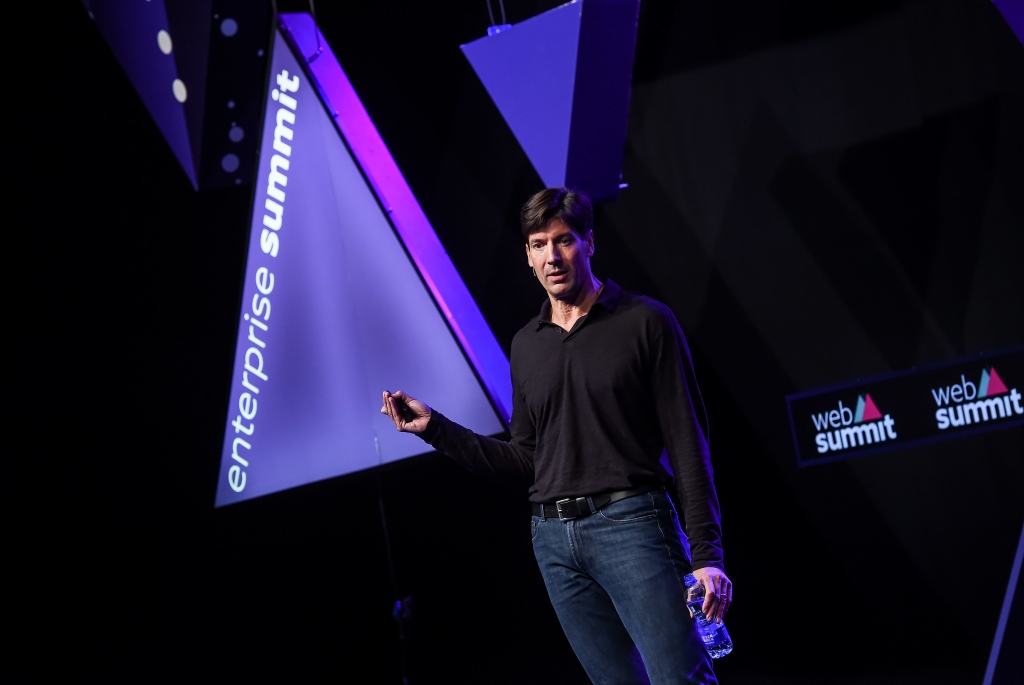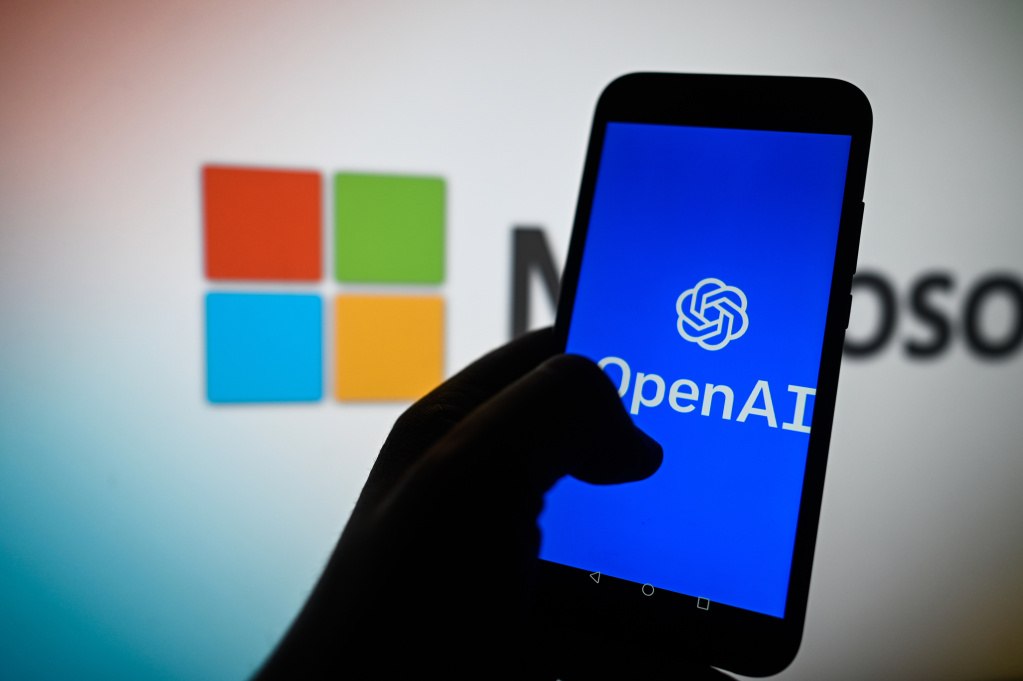Data Centers Approaching Size Constraints
Mark Russinovich, Chief Technology Officer of Microsoft Azure, has warned that data centers essential for developing generative AI, such as ChatGPT, are nearing their physical and energy limits. As AI models become more complex, they require vast numbers of processors, like Nvidia’s H100s, housed in a single facility. However, the U.S.’s aging power grid, which struggles to handle increasing energy demands, will soon cap the size of these centers. Some future data centers could consume power equivalent to hundreds of thousands of homes, exacerbating grid issues.
Grid Challenges and Microsoft’s Energy Solutions
The nation’s energy grid is already strained, especially during peak consumption times such as heatwaves, which lead to blackouts. In response, Microsoft has undertaken major initiatives to bolster the grid’s capacity. These include reopening the Three Mile Island Nuclear plant, collaborating with BlackRock on a $30 billion AI infrastructure fund, and a $10 billion partnership with Brookfield to focus on green energy solutions. Despite legislative support, such as the 2022 Inflation Reduction Act that provides $3 billion for transmission line projects, Microsoft cannot wait for government funding and has started developing its own strategies to sustain its AI ambitions.
The Future: Distributed Data Centers

To address the impending data center size limitations, Russinovich predicts that Microsoft and other companies will soon need to adopt a distributed data center model. Instead of housing all the necessary processing power in one facility, multiple centers would be interconnected. Although this approach is technically challenging due to modern networking limitations, it could prevent overburdening regional power grids.
Russinovich foresees that data centers might need to be built near each other to overcome the challenges of linking distant centers. Though he admits this solution may be years away, the trend toward interconnecting data centers across regions is inevitable as AI models continue to scale up.
Overcoming Technical and Cooling Obstacles
The challenge of connecting data centers goes beyond location. A seamless exchange of data among AI processors is crucial for training large models, and even slight delays in communication between processors can lead to training failures. Additionally, cooling these large facilities remains a bottleneck. Traditional air cooling has been replaced by more efficient liquid cooling, but this method still risks drawing too much power or becoming ineffective at larger scales.
New Approaches to AI Training

As data center technology advances, companies like Gensyn are exploring alternative AI training methods. These include utilizing distributed computing power worldwide, similar to the SETI@home project. This approach could eventually allow AI training across a network of smaller computers, further reducing the strain on individual data centers and the energy grid.
In the meantime, experts like Patrick Moorhead, CEO of Moor Insights and Strategy, believe that data centers will continue pushing technological limits, paving the way for future innovations in AI infrastructure.



